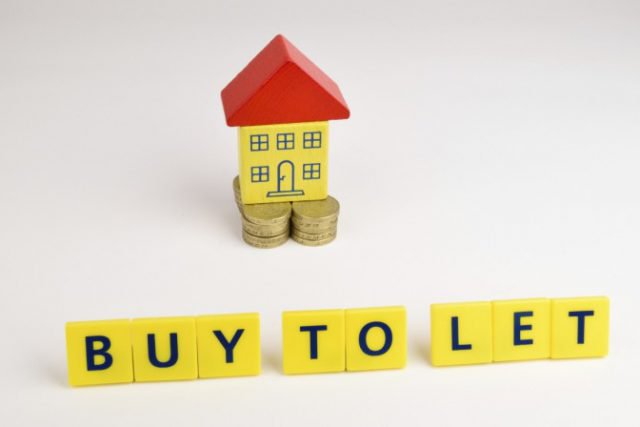Tenants could face rent rises of 30%, warns peer
Tenants could face potential rent increases of between 20 and 30 per cent as a result of tax changes hitting landlords, according to a former independent member of the Bank of England’s Monetary Policy Committee.
David Miles, now Professor of Financial Economics at Imperial College London, has called for the current 3% stamp duty surcharge and changes to mortgage interest tax relief to be scrapped.
Significant Rent Rises
Mr Miles estimates that, ‘rents would need to rise between 20 and 30 per cent’ in order to offset the Government’s measures.
Responding to the argument put forwards by former Chancellor George Osborne that tax changes are helping first-time buyers, Miles observed: ‘Aspiring first-time buyers are hardly helped by squeezing the supply of rental property and driving rents up.’[1]
Continuing, he said: ‘It’s strange to believe that having households channel more of their savings into US Government bonds or into equity issued by German companies is to be preferred to their investing in providing rented accommodation in the UK.’[1]

Tenants could face rent rises of 30%, warns peer
This analysis from Miles is included in the latest comments from the Residential Landlords Association, which claims that a majority of landlords could be negatively impacted as a result of the tax changes.
The RLA has called for the Government to use the extra revenue generated from the stamp duty levy to stop the implantation of mortgage interest tax relief changes. At the very least, the Association wants to see it applied only to new borrowing for new housing.
[1] https://www.lettingagenttoday.co.uk/breaking-news/2017/2/tenants-face-rent-rises-of-30-warns-ex-bank-of-england-chief




